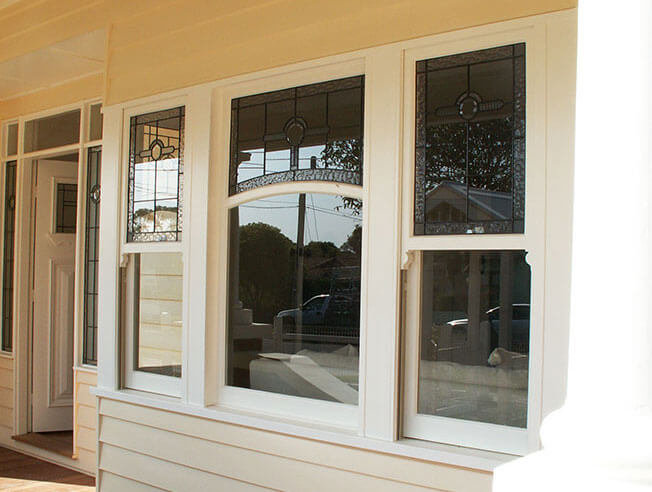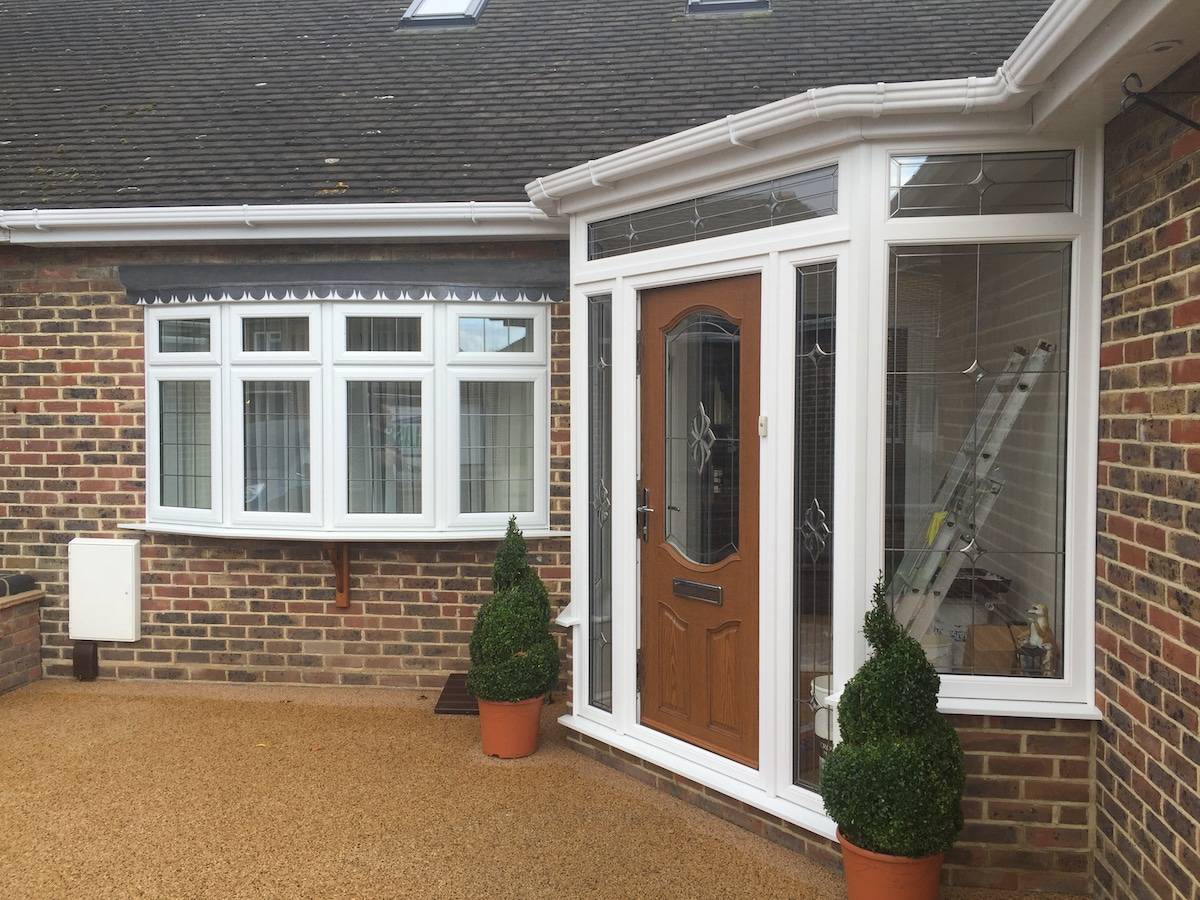All Categories
Featured
Table of Contents
Buy Double Glazed Upvc Sliding Doors In Sydney in Rockingham WA
Laminated glass is often utilized in locations in the house most susceptible to injury from human impact such as restrooms, doors, around staircases and in areas close to the floor (it satisfies the requirements of 'security glass' that is mandated for use in these areas by Australian Basic AS 1288 Glass in structures).
Toughened glass has been 'tempered' by being reheated and quickly cooled again. This process makes it much more powerful than basic glass it can withstand higher effect loads prior to breaking. It also makes it much safer due to the fact that, when it does shatter, it breaks into many little cubic pieces rather than unsafe shards.
Sustainability in Attadale Western Australia
Toughened glass has no thermal or acoustic advantages over other glass of the same toning or thickness. Secondary glazing is where single-glazed windows are retrofitted with a transparent acrylic or glass sheet connected to the within the frame or openable sash with a secondary frame or with magnetic strips.


Secondary glazing will not perform as well thermally as a made IGU, because it is difficult to absolutely seal the border, but it can supply great sound control. Window movies are a thin polymer film including an absorbing color or reflective metal layer, with an adhesive backing. They adhere to your glazing to change its colour or make it reflective.
Which Is The Best Type Of Double Glazing? - Which? - Which.co.uk in Wattleup WA
Applied to existing glass, some window films can halve the total SHGC of the window by absorbing and/or reflecting solar radiation. This can be particularly helpful in hotter climates where cooling is the main concern, or on east and west elevations straight exposed to long durations of sunlight. Nevertheless, window movies may also minimize noticeable light transmittance.

For this factor, it is usually best to utilize a recognized installer of window movie. Frames have a significant effect on the thermal performance of doors and windows, due to the fact that energy can be gotten and lost through the frame, in addition to through the glass. Various types of frame will enable various levels of heat gain and loss, so careful choice of frame is essential for efficient passive style.
Window Glazing For Households - Energy in Merriwa WA
Aluminium is also an extremely great conductor of heat and will reduce the insulating worth of a glazing unit, unless particularly engineered to minimize this. A 'thermally broken' frame is comprised of 2 aluminium sections connected by a structural insulator (generally a low-conductivity structural polymer). This 'breaks' the thermal connection through the aluminium and reduces the heat flowing through the frame.
Wood frames are a good natural insulator that can suit some home styles. Lumber frames should be made from species that have naturally high durability or be dealt with to avoid decay and contortion.
Why Double-glazed Windows Are A Must in Kiara Western Australia
(weather removing) is installed.
u, PVC windows and doors have outstanding thermal performance Image: Ben Wrigley (Light House Architecture and Science) Composite frames utilize aluminium profiles on the external areas with either a wood or u, PVC inner section. These combine the low maintenance and resilience of aluminium with much enhanced thermal efficiency.
Latest Posts
Secondary Glazing: A Buyers Guide in Bibra Lake WA
Double Glazing in Swan View WA
Double Glazed Windows In The Summer in Myaree Western Australia